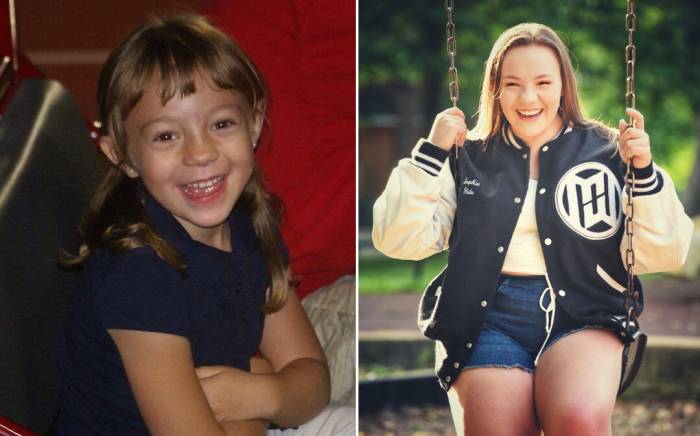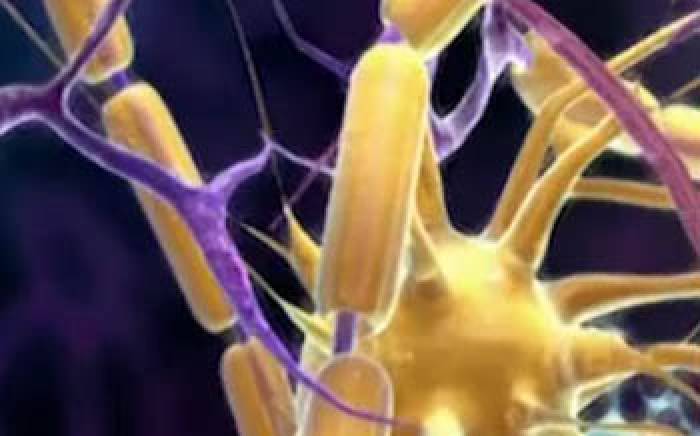What is the corpus callosum and how is it related to seizures?
The corpus callosum is a major structure permitting exchange of information between the two hemispheres, or halves, of the brain. In some children, seizures may spread from one hemisphere to the other through the corpus callosum. This may result in generalized seizures, including “drop attacks” or atonic seizures.
What is a corpus callosotomy?
When patients with generalized seizures, and drop attacks in particular, fail multiple seizure medications, a corpus callosotomy may be considered. In this operation:
- The front two-thirds, or in some cases, the entire corpus callosum is divided.
- The neurosurgeon can approach and divide the corpus callosum by operating between the two brain hemispheres, minimizing any potential injury to the brain.
- Alternatively, minimally invasive approaches use Gamma Knife or laser thermal ablation to remove a section of the corpus callosum without open surgery.
Corpus callosotomy outcomes
While a corpus callosotomy does not cure the seizures, three-fourths of properly selected patients enjoy an improvement in seizure frequency and severity. While drop attacks respond most favorably to this operation, other seizure types may also be improved. Major complications from this surgery are rare.
Corpus callosotomy procedure: What to expect
- The operation takes place under general anesthesia and takes about four hours.
Usually a linear incision is used, over the top of the head. - A small section of bone is removed to perform the surgery, and then replaced after the corpus callosum has been divided.
- Absorbable sutures are placed in the skin, and the child is awakened in the recovery room.
- After overnight observation in the Intensive Care Unit (ICU), the child is transferred to our neurosurgery and neurology ward for an additional few days of recovery.
- Follow-up visits are scheduled two to three weeks after surgery, and again at six, 12, and 24 months after surgery.









